A fertilizer or fertiliser is any material of natural or synthetic origin that is applied to soil or to plant tissues to supply plant nutrients. Fertilizers may be distinct from liming materials or other non-nutrient soil amendments.

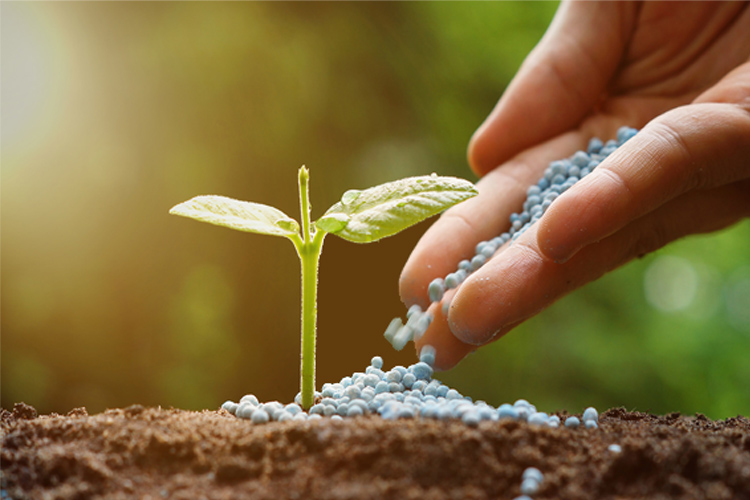
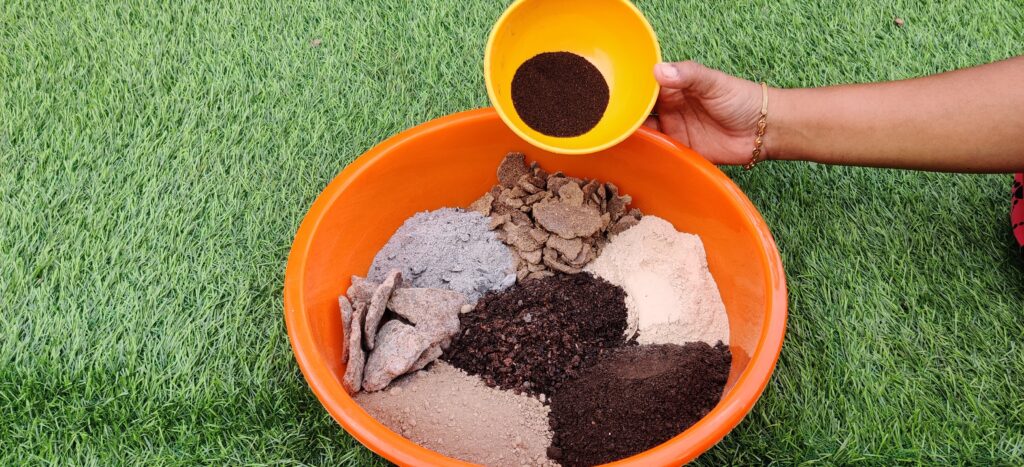

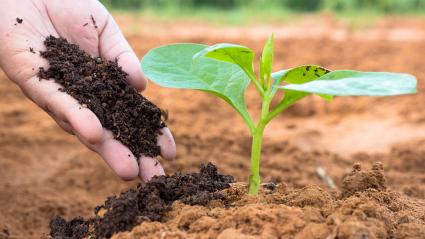
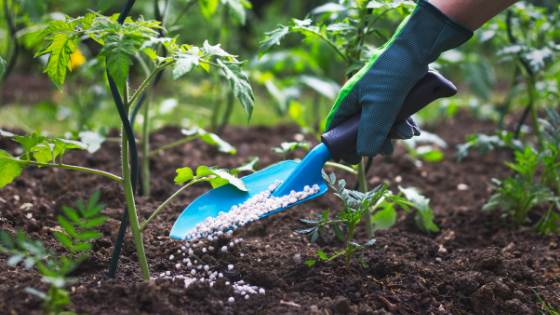
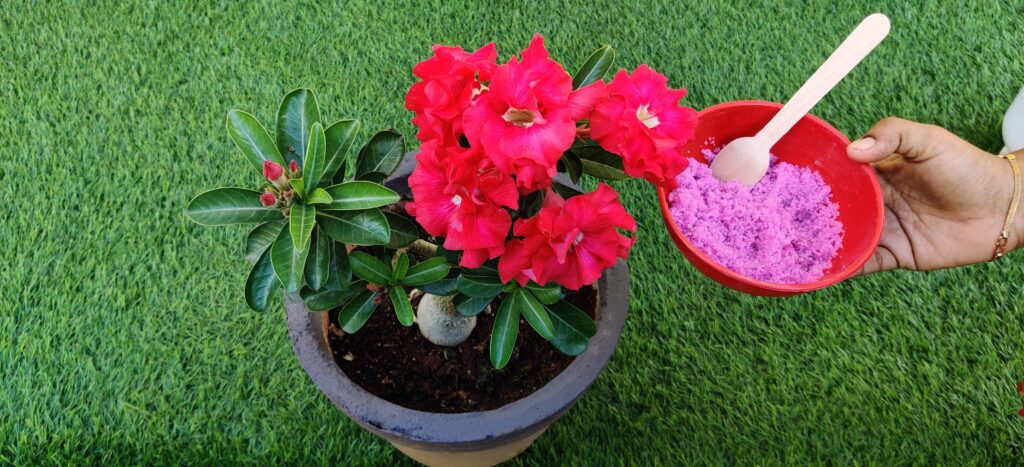
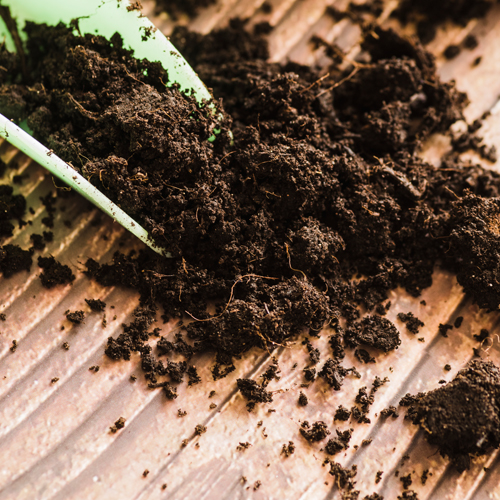
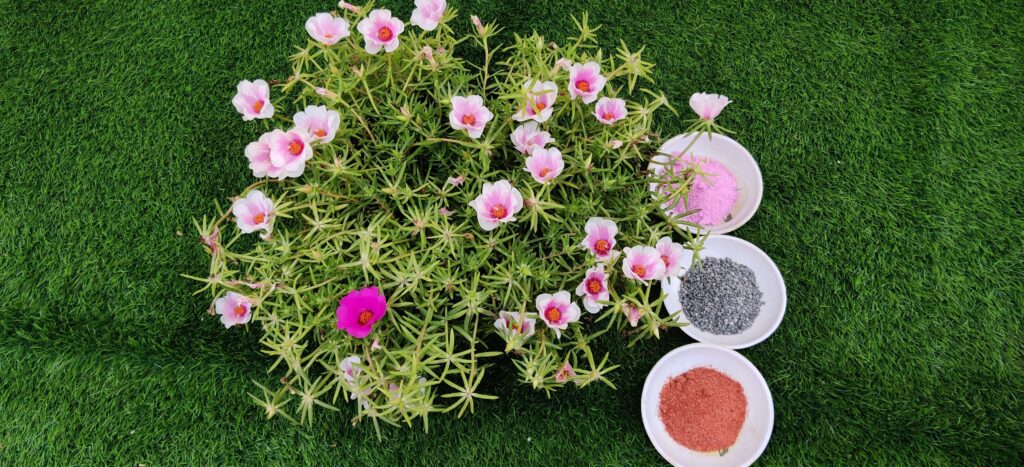
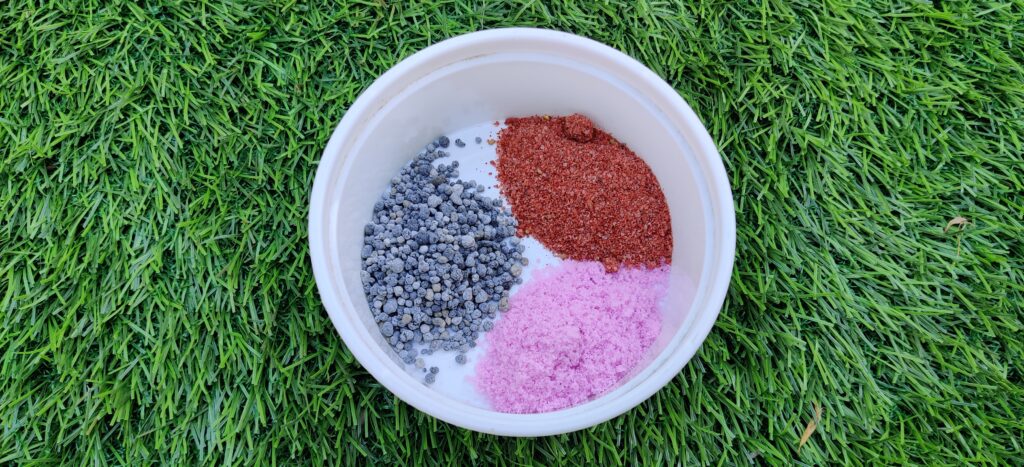
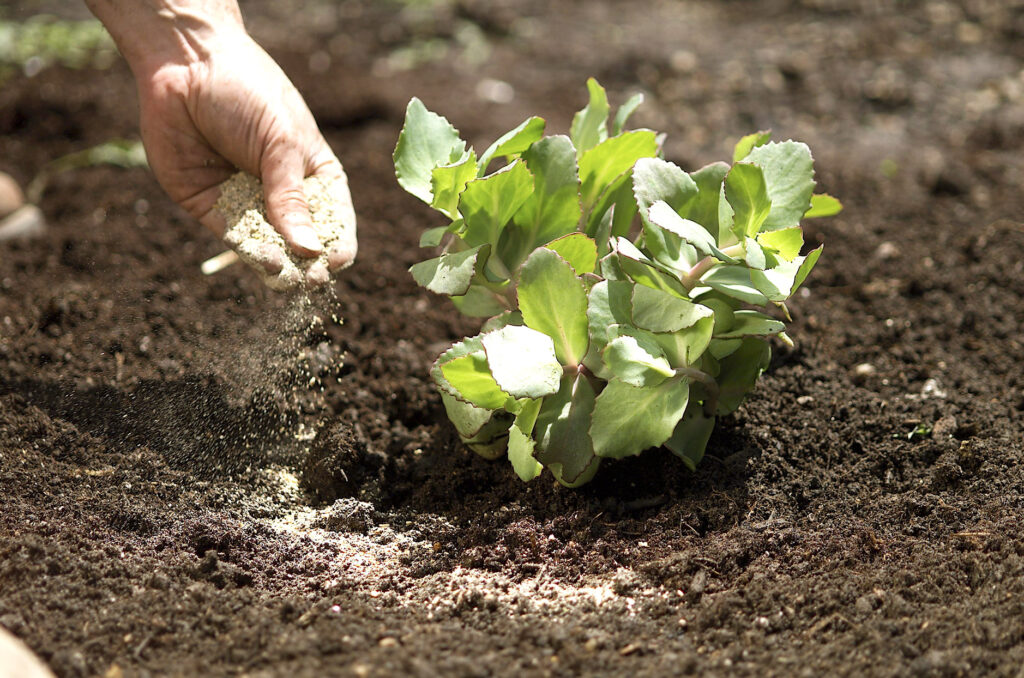
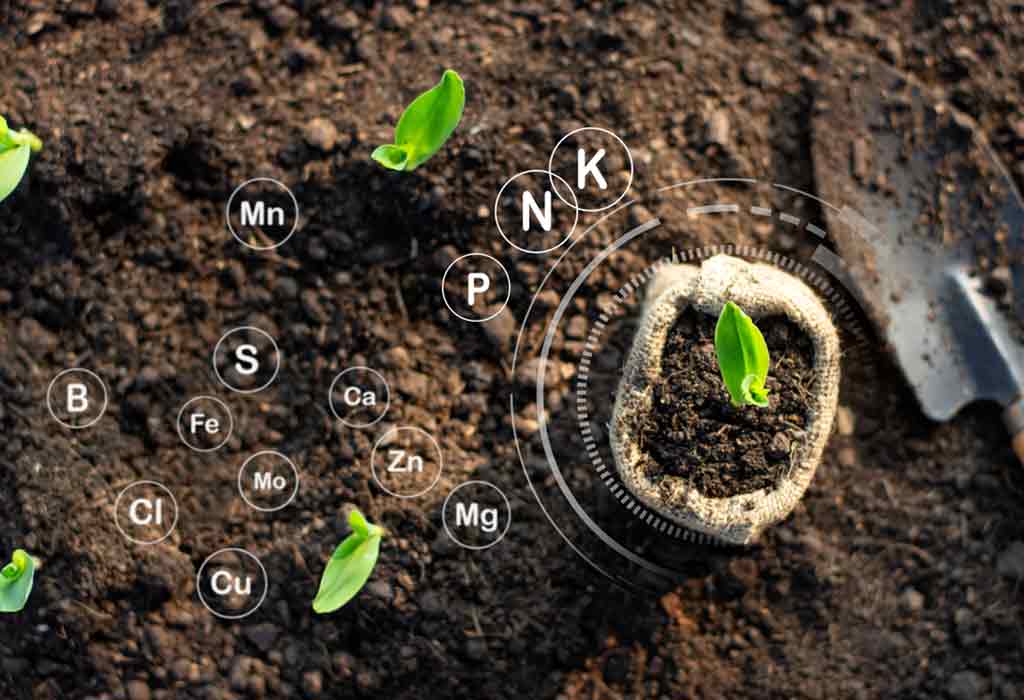
Most fertilizers that are commonly used in agriculture contain the three basic plant nutrients: nitrogen, phosphorus, and potassium. Some fertilizers also contain certain “micronutrients,” such as zinc and other metals, that are necessary for plant growth.
Liquid fertilizers can have a shelf life between 8-10 years if stored properly (refer to expiration date on product label or contact the manufacturer for more details since all products vary). Proper storage is key in order to keep fertilizer effective from season to season.
Most gardeners should use a complete fertilizer with twice as much phosphorus as nitrogen or potassium. An example would be 10-20-10 or 12-24-12. These fertilizers usually are easy to find. Some soils contain enough potassium for good plant growth and don’t need more.
Malt Agro. Designed by : Relaxplzz Technologies